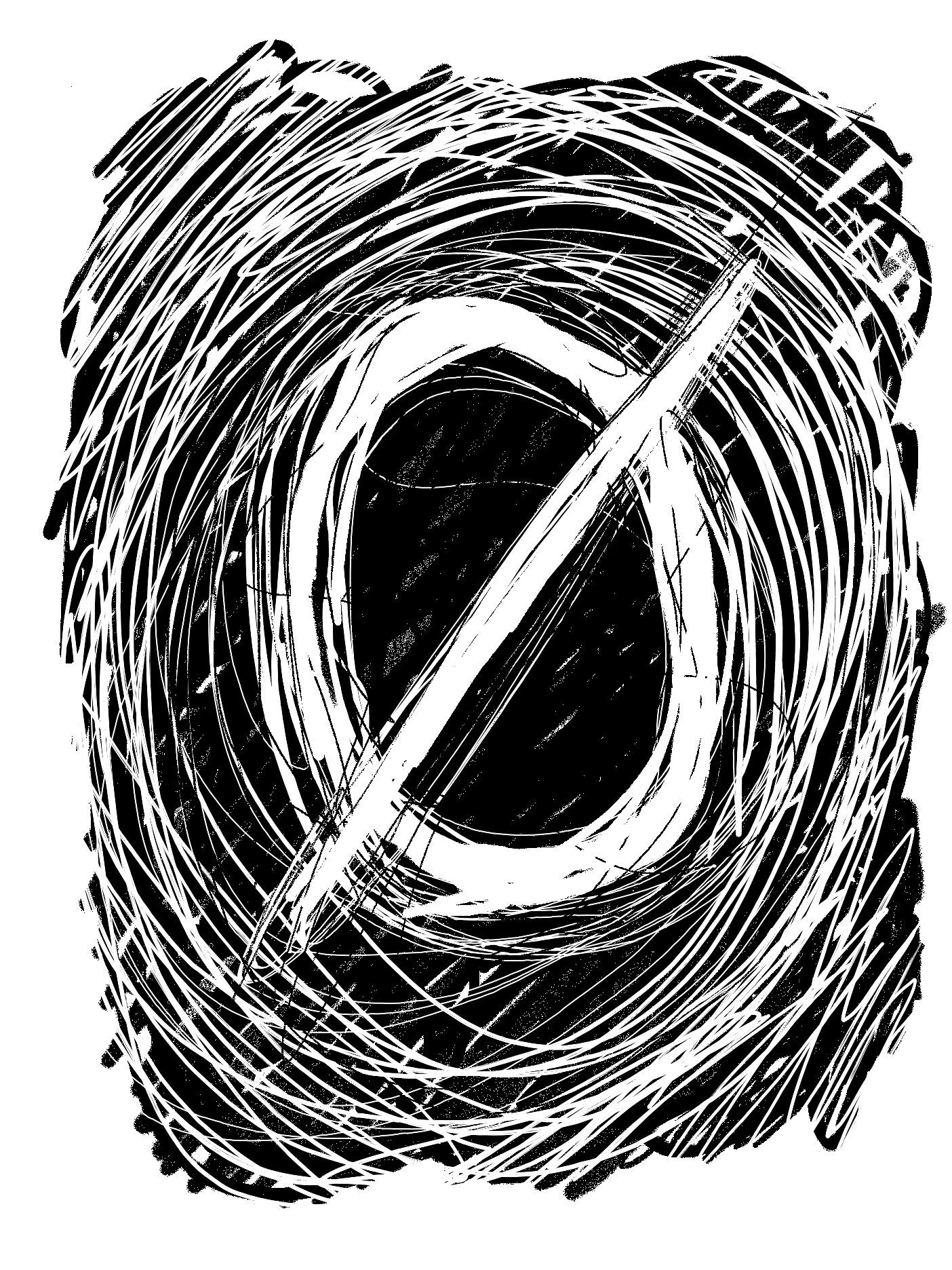Welcome to Freeform! This is a place for pure experimentation and expression. It’s basically a laser beam into my thought process. Don’t worry, this won’t replace any of my fiction content. It’s purely an add on.
If you want to adjust which sections of my publication you subscribe to, you can make changes to your account here. If you want to make sure you get these emails, add this email sender to your contacts.
This essay is not about how to generate growth on Substack. I don't know how to do that. I don't think anyone does, despite many claims to the contrary.
This essay is about defining your relationship with Substack. Putting the platform in its place and setting boundaries with it, so that you can grow in a sustainable and enjoyable way.
1. Turn off notifications
Substack will send you push notifications. It'll show you a little bell with dots and numbers on the web portal and the app. It'll send you chat messages and emails. So many emails.
Turn it off. Keep only what you absolutely need. The alerts are a slot machine designed to suck up your time.
2. Batch responses
Set aside a time to check your updates and respond to them. Stick to it. Put it in a timebox of 15, 20, 30 minutes, an hour, however much time you actually need to respond to people, browse comments, schedule posts, check your stats, etc.
Don't mindlessly scroll. At least not without setting a boundary. If you enjoy scrolling to see what other people are up to and participate in the discussion, make sure you timebox it.
Substack is social media.
It might be well designed.
It might be aesthetically pleasing.
It might be commercially useful.
It might be socially engaging.
It might have a cool, friendly, erudite, curious, and intelligent user base.
But it is still social media.
It's still designed to addict you and consume as much of your time, energy, and money as it possibly can. Treat it like a tool or a practice rather than some undefined, nebulous, all-consuming void that continuously draws you in.
3. Set it and forget it
Write your posts outside of Substack. (I have seen more than one Note about people losing posts writing directly in the Substack editor.) Copy your posts into Substack, schedule them, forget about them. For as far out as you can. Build a runway. Find a schedule that you can maintain, even with the vicissitudes of life. You can challenge yourself, but it shouldn’t feel frantic.
The schedule gives you the space and the predictability to relax into a creative mindset.
4. Do what scares you
Afraid of sharing your work? Share it.
Afraid of showing mistakes? Afraid of people calling you out for errors? Then publish rougher drafts.
Afraid of commenting? Comment.
Afraid of asking for money? Ask for money.
Many writers have a fear of sharing their work and a fear of getting paid for it. This is understandable, but there's no actual harm or hazard if someone dislikes like your work and decides not to pay you. The worst they can do is make a snide comment or write you a lousy review. Which really says more about them than you.
The best and possibly only way to conquer fear is not to avoid it but to expose yourself to it consistently. As consistently as possible. In as boring a way as possible. So rather than your mindbody interpreting a stimulus as a fear, your mindbody learns to interpret it as a routine signal. Maybe even noise.
You will likely continue to experience the fear as you continue this process. But as you sit with the fear and let it exist in the background, your brain will attribute less and less importance to the fear. Eventually it will diminish, perhaps even vanish.
This is the way that Substack can be most useful. It forces writers to confront these fears. Sticking to a schedule, sharing work, and asking to be paid. All of these are things that Substack allows you to do right at the beginning.
5. Step back
Once you've defined your relationship, you can create some separation between yourself and the things that happen on Substack. Practice stepping back from it. Even if it's interesting, there's still a ton of noise that can get into your head if you're not careful.
If you are hanging on every comment that people make, reacting to every notification you get, spending all your time staring at Substack, clicking refresh, refresh, refresh, it will drive you mad as you grow. The more people reading your Substack, the more feedback you're going to get.
For this to be sustainable, you need to keep Substack in its place. You need to define the relationship and set boundaries. Keep it routine, enjoyable, maybe even a little silly and boring. Then you can stay present, be creative, and play the long game.




Yesss! I do this. All of this. There's a bravery in making yourself vulnerable and sharing. I've shares everything, even things I'm not sure I should have. But this is all part of learning.
Seriously though, I loved this no nonsense post.
I even get the bit-picky reviews from people. Oh, I missed a capitalisation? Did it ruin the entire story for you? That's sad. This is very wise and yeah, nothing to add. I write outside of substack, and paste before scheduling.
Look at that! A real post about writing on here. Not some BS about getting people to pay you cuz that ain’t happening lol